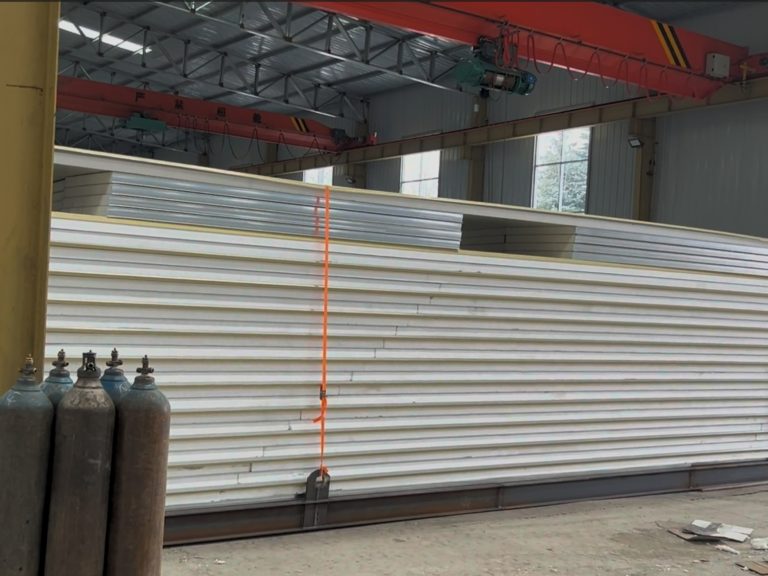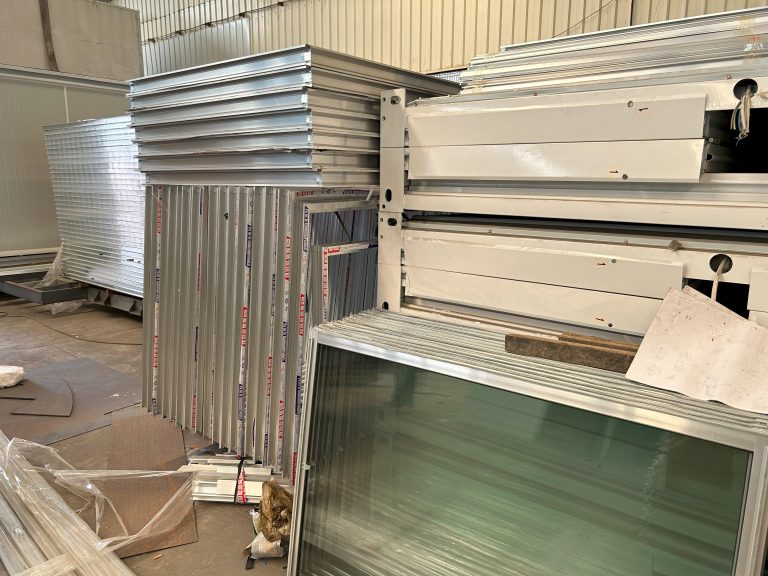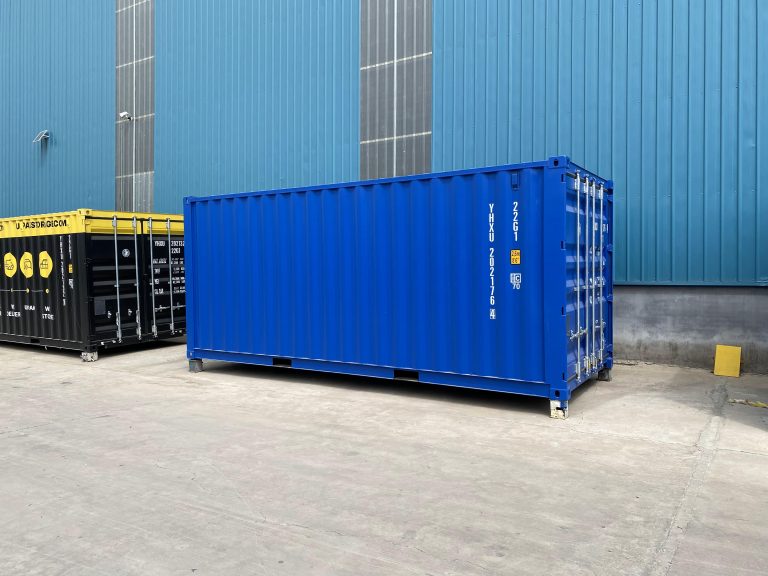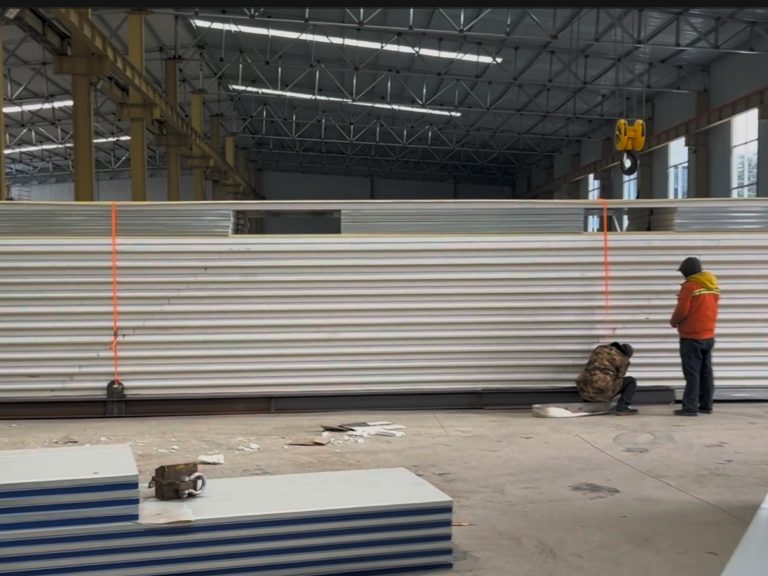Deployment and economic study of modular steel structure housing in remote areas
Inhoudsopgave
Benefits of Modular Steel Structure Housing in Remote Areas
In recent years, there has been a growing interest in the deployment and economic study of modular steel structure housing in remote areas. This innovative approach to housing construction offers a number of benefits that make it an attractive option for addressing the housing needs of communities in isolated or hard-to-reach locations.
One of the key advantages of modular steel structure housing is its durability and resilience. Steel is a strong and long-lasting material that can withstand harsh weather conditions, making it ideal for remote areas that may be prone to extreme temperatures, high winds, or seismic activity. This durability ensures that modular steel structure housing can provide a safe and secure living environment for residents in these areas.
Additionally, modular steel structure housing is quick and easy to assemble, making it a cost-effective solution for remote communities. The prefabricated components of these structures can be manufactured off-site and transported to the construction site, where they can be quickly assembled using simple tools and equipment. This streamlined construction process reduces labor costs and construction time, making modular steel structure housing a more affordable option for remote areas with limited resources.
Furthermore, modular steel structure housing is highly customizable, allowing for flexibility in design and layout to meet the specific needs of different communities. This adaptability makes it possible to create housing solutions that are tailored to the unique requirements of remote areas, whether that be accommodating large families, providing space for community facilities, or incorporating sustainable features such as solar panels or rainwater harvesting systems.
Another benefit of modular steel structure housing is its sustainability. Steel is a recyclable material that can be reused and repurposed, reducing waste and minimizing the environmental impact of construction. Additionally, the energy-efficient design of modular steel structure housing can help to lower utility costs for residents in remote areas, making it a more affordable and sustainable housing option in the long term.
In conclusion, the deployment and economic study of modular steel structure housing in remote areas offer a number of benefits that make it a viable solution for addressing the housing needs of isolated communities. From its durability and resilience to its cost-effectiveness and sustainability, modular steel structure housing provides a practical and efficient housing solution that can improve the quality of life for residents in remote areas. By leveraging the advantages of modular steel structure housing, we can create safe, affordable, and sustainable housing options for communities that are often overlooked in traditional housing development.
Cost Analysis of Deploying Modular Steel Structure Housing in Remote Areas
In recent years, there has been a growing interest in the deployment of modular steel structure housing in remote areas. These structures offer a cost-effective and efficient solution to housing shortages in regions where traditional construction methods may be impractical or too expensive. In this article, we will explore the economic implications of deploying modular steel structure housing in remote areas.
One of the key advantages of modular steel structure housing is its cost-effectiveness. These structures are prefabricated in a factory setting, which reduces construction time and labor costs. Additionally, the use of steel as a building material is more durable and requires less maintenance compared to traditional materials like wood or concrete. This can result in long-term cost savings for homeowners and communities in remote areas.
Another economic benefit of modular steel structure housing is its scalability. These structures can be easily expanded or modified to accommodate changing needs or population growth. This flexibility can help communities in remote areas adapt to changing economic conditions or demographic shifts without the need for costly renovations or new construction projects.
Furthermore, the deployment of modular steel structure housing in remote areas can have a positive impact on local economies. The construction and operation of these structures can create jobs and stimulate economic growth in regions that may be struggling with high unemployment rates or limited economic opportunities. Additionally, the use of locally sourced materials and labor can further support the local economy and reduce transportation costs.

Despite these economic benefits, there are also challenges associated with deploying modular steel structure housing in remote areas. One of the main challenges is the initial investment required to set up a manufacturing facility and train workers in the construction of these structures. Additionally, transportation costs can be higher in remote areas, which can impact the overall cost of deploying modular steel structure housing.
To address these challenges, governments and organizations can provide financial incentives or subsidies to encourage the adoption of modular steel structure housing in remote areas. This can help offset the initial costs of setting up a manufacturing facility and make these structures more affordable for homeowners and communities. Additionally, investing in infrastructure improvements like roadways and utilities can help reduce transportation costs and make it easier to transport materials and components to remote areas.
In conclusion, the deployment of modular steel structure housing in remote areas offers a cost-effective and efficient solution to housing shortages. These structures are durable, scalable, and can have a positive impact on local economies. While there are challenges associated with deploying modular steel structure housing in remote areas, with the right incentives and investments, these structures can help address housing needs and support economic development in underserved communities.







